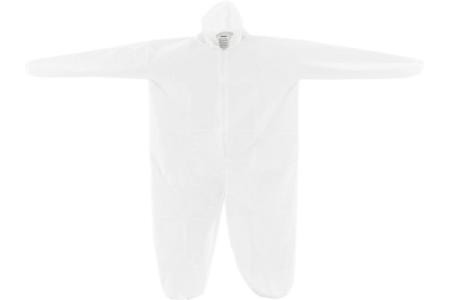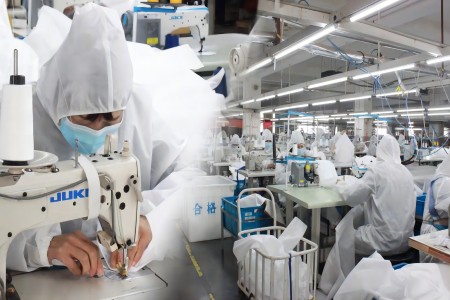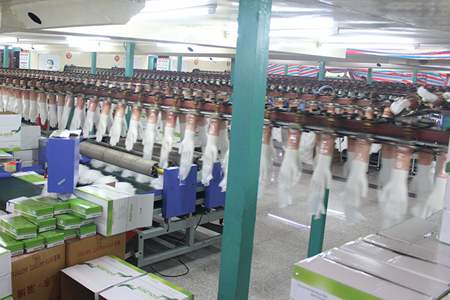2023/9/21

Things You Need to Know about Microporous Coverall
Microporous Coverall is a fabric that is used to protect clothing from moisture. It is especially useful for people who work in wet industries or spend a lot of time outdoors. In this article, you will learn about microporous coverall and its benefits, uses, and tips. You will also learn about the different types of microporous coveralls, the different types of fabrics that are used to make microporous coveralls, and the different types of clothing that are manufactured with a microporous coverall.
What is Microporous Coverall?
Microporous coveralls are a type of clothing that is primarily worn by construction workers, farmers, fishermen, and those who work in a wet environment. Construction workers in particular need to protect their clothes because they often work in muddy conditions. Microporous coveralls are usually made from a fabric that has pores smaller than 5 microns. These pores are what enable the material to be waterproof. The fabric can be made from a variety of materials. The most common type of microporous coverall fabric is made from nylon. Water can penetrate the fabric, but it cannot permeate the fabric or go through the fabric’s pores. This makes microporous coverall a very effective way to protect clothes from moisture.
How does Microporous Coverall Works?
Water can have a hard time entering through the pores of microporous coverall fabric. This is because water molecules are too large to fit through these pores. Moisture can penetrate the fabric, but it cannot go through the fabric or permeate it. These microporous coveralls can also be used to keep in heat or keep out cold air. When the temperature changes, your body produces sweat. Sweat is made up of water and salt. When it comes into contact with the cold air, it causes condensation that results in water droplets on your shirt or jacket. Water droplets are too large for the microporous coverall to absorb, so they just roll off the fabric. This makes these microporous coveralls useful for keeping both heat and cold air out.
Types of Microporous Coverall
There are different types of microporous coverall, depending on the material that the fabric is made from. These types of microporous coveralls include acrylic microporous coveralls and polypropylene microporous coveralls.
Aramid Microporous Coverall - Aramid microporous coverall is made from a type of fabric that is composed of a mixture of synthetic polyamides and polyesters. These polyamides are strong and resistant to abrasion. Polypropylene is a thermoplastic polymer that is resistant to heat and chemicals.
Nylon Microporous Coverall - Nylon microporous coverall is made from a type of fabric that is composed of a mixture of polyamides and polyethylene. Polyamides are strong but heat resistant. Polyethylene is a plastic polymer that is resistant to heat and chemicals.
Polypropylene Microporous Coverall - Polypropylene microporous coverall is a type of microporous coverall that is made from a polymer that is made from polypropylene. Polypropylene is a plastic polymer that is resistant to heat and chemicals.
Microporous Coverall Benefits
Waterproof Clothes - Microporous coverall fabric can be used to make waterproof clothes that protect you from the elements.
Heat Protection - When it’s hot outside, your body produces sweat. This sweat is mainly water and salt. When you come into contact with the cold air, it condenses into water droplets.
Cold Protection - In the winter, your body produces heat. This heat can cause water droplets to form on your clothes. Microporous coverall can be used to keep this water droplet from forming.
Wickability - Wicking is the ability of a fabric to absorb moisture from the air through the weave of the fabric. These types of fabric are usually made from polyester or natural materials.
Conclusion
Microporous coverall is a type of fabric that is used to make clothing that is water-resistant and heat-resistant. It is especially useful for people who work in wet industries or spend a lot of time outdoors. In this article, we've talked about microporous coverall and its benefits, uses, and tips. Hope it can make you understand it more clearly!




 WhatsApp
WhatsApp
Send us your message
You can send an email asking for the price and detailed information of this product. We will reply you as soon as we receive your email